Introduction
Dental health is a fundamental part of overall well-being, and it often relies on a combination of good oral hygiene, proper dental care, and a balanced diet. In recent years, technology has revolutionized the way we approach dental care, with digital tools playing a pivotal role in enhancing diagnostic accuracy and treatment planning. One of the most significant innovations in this area is digital impressions. Digital impressions are a modern alternative to traditional molds used in dentistry, providing more accurate, efficient, and patient-friendly solutions for a variety of dental procedures.
However, digital impressions are not just limited to orthodontics and restorative dentistry; they can also play a role in developing personalized dental diet plans. Understanding the relationship between diet and oral health is crucial for maintaining strong teeth and gums, and digital impressions can provide precise data that helps dental professionals create customized diet recommendations tailored to individual needs. This article explores the potential of digital impressions in improving the accuracy of dental diet plans and how technology can be harnessed to optimize oral health through nutrition.
How Digital Impressions Are Used in Personalized Dental Care
Traditional dental impressions involve using molds made from a rubbery material to create a replica of a patient’s teeth and gums. While effective, this method can be uncomfortable and time-consuming. In contrast, digital impressions use advanced scanning technology to create a detailed 3D image of the teeth and mouth in a matter of minutes, eliminating the need for messy molds. These digital scans are incredibly accurate, capturing every detail of the dental structure with precision.
The process begins with a small, handheld scanner that is used to capture images of the teeth, gums, and oral cavity. These images are then sent to a computer, where they are processed into a 3D model of the mouth. This 3D model can be manipulated and analyzed in ways that traditional impressions cannot, offering a wealth of valuable information about a patient’s oral health.
In the context of personalized dental care, digital impressions can be used in a variety of ways. For example, they can aid in designing crowns, bridges, veneers, and orthodontic treatments with extreme precision. When it comes to diet planning, the information gathered from digital impressions can also be used to create customized recommendations based on the patient’s oral anatomy, existing dental conditions, and overall health goals.
The Role of Diet in Maintaining Oral Health and Technology’s Role
Diet plays a significant role in the health of our teeth and gums. What we eat can have both positive and negative effects on oral health. For instance, foods high in sugar and acid can contribute to the formation of cavities and tooth decay, while nutrient-dense foods can help strengthen enamel, reduce inflammation, and promote healthy gums.
Certain nutrients are particularly beneficial for oral health. These include:
- Calcium and Phosphorus: These minerals are essential for maintaining strong enamel and promoting remineralization. Dairy products, leafy greens, and nuts are rich sources of calcium and phosphorus.
- Vitamin D: This vitamin helps the body absorb calcium, making it crucial for maintaining strong teeth. Fatty fish, eggs, and fortified foods are excellent sources of vitamin D.
- Vitamin C: Known for its role in collagen production, vitamin C is essential for gum health. Citrus fruits, strawberries, and bell peppers are rich in this vitamin.
- Antioxidants: These help reduce inflammation and protect the gums from oxidative stress. Berries, leafy greens, and nuts are packed with antioxidants.
However, it’s not just about consuming the right foods; the timing and frequency of meals also play a role. Snacking throughout the day on sugary or acidic foods can lead to a constant acidic environment in the mouth, which encourages the development of cavities and gum disease. Therefore, having a consistent, balanced diet with proper meal timing is vital for oral health.
Incorporating technology into this aspect of dental care, digital impressions can be used to analyze how a patient’s specific oral structure and condition may respond to various dietary changes. By understanding the unique needs of the individual, dental professionals can create diet plans that address not just general recommendations but also more tailored advice based on the patient’s oral health status.
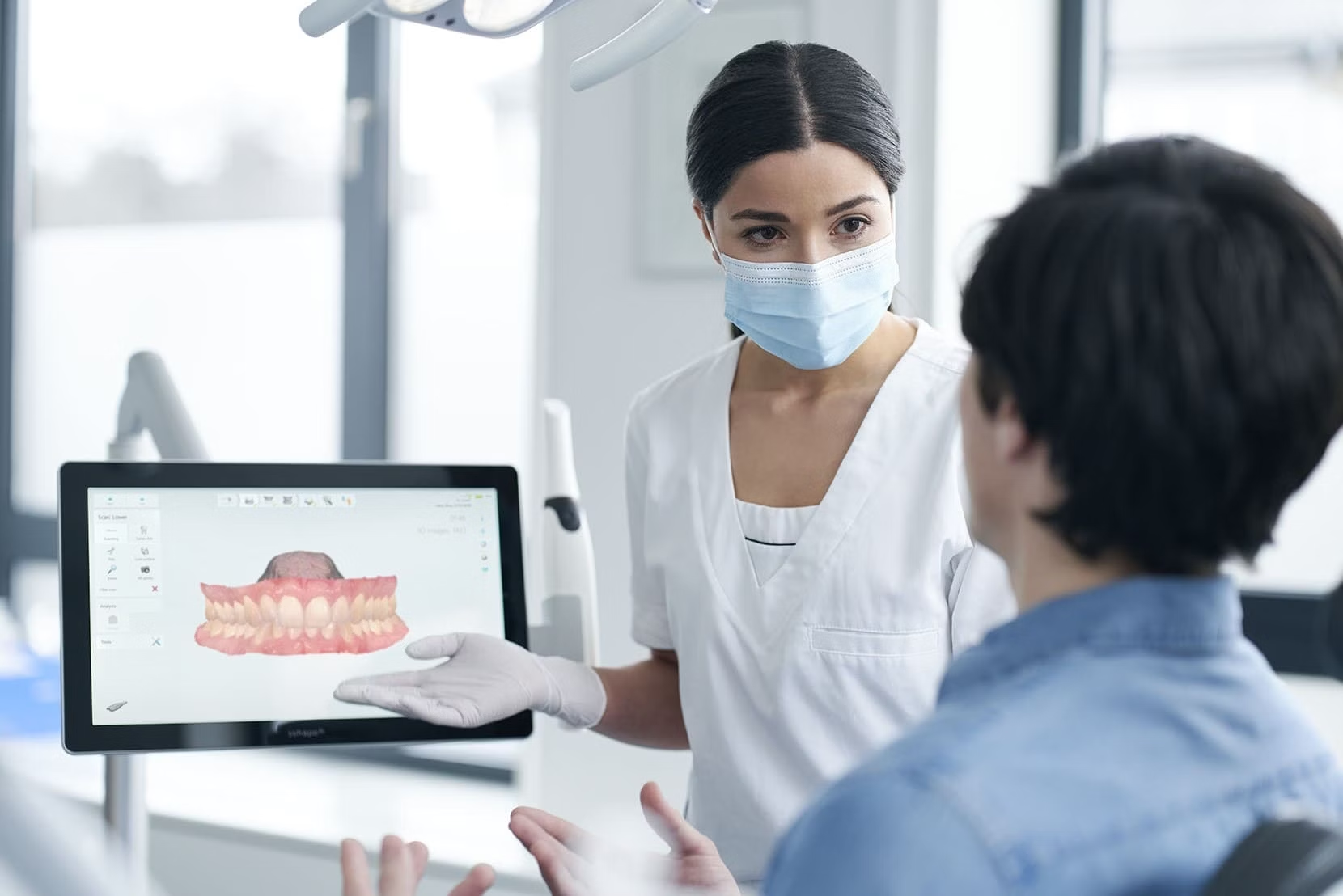
Custom Diet Recommendations Based on Digital Data
One of the most promising aspects of digital impressions is their ability to provide highly personalized data, which can then be used to create custom diet recommendations for better oral health. By analyzing the 3D scan of a patient’s mouth, dental professionals can gain insights into factors such as:
- Enamel Thickness: If a patient has thin enamel, they may be more susceptible to decay and sensitivity. A personalized diet plan can be designed to include foods that help remineralize and protect the enamel.
- Gum Health: The condition of the gums, including whether there is inflammation or early signs of gum disease, can influence dietary advice. For example, a diet rich in anti-inflammatory foods may be recommended for someone with gingivitis or periodontal issues.
- Tooth Alignment and Bite: A patient’s bite and tooth alignment can affect how food interacts with the teeth. For example, those with crowded or misaligned teeth may have more difficultly cleaning certain areas, making them more prone to plaque buildup and cavities. In these cases, a diet plan that minimizes the likelihood of plaque formation and encourages easy-to-clean foods can be beneficial.
- Saliva Production: Saliva plays a critical role in protecting teeth and neutralizing acids. Some patients may suffer from dry mouth, which increases the risk of cavities. A diet plan for these individuals may include foods that promote saliva production and help maintain oral moisture.
Using the data gathered from digital impressions, dental professionals can create a diet plan that addresses the specific risks and challenges posed by a patient’s unique oral anatomy. For example, a patient with a high risk of cavities might be advised to avoid sticky or sugary foods, while someone with gum disease might be encouraged to increase their intake of vitamin C-rich foods to promote gum health.
The Future of Personalized Dental Diet Plans with Technology
As digital impression technology continues to evolve, its applications in personalized dental care will expand, making it easier for patients to receive highly customized diet recommendations based on their individual needs. The use of digital impressions in dental diet planning has the potential to:
- Enhance Accuracy: Digital impressions provide more accurate and detailed information than traditional impressions, which can be especially helpful when developing a personalized diet plan. By assessing the unique structure of each patient’s mouth, dental professionals can create more targeted recommendations that address specific concerns, such as enamel erosion or gum disease.
- Integrate with Other Technologies: As more dental practices adopt digital tools, the potential for integrating digital impressions with other technologies (such as genetic testing or saliva analysis) becomes more feasible. Combining multiple data sources can result in even more personalized, effective diet recommendations.
- Monitor Progress Over Time: Regular digital impressions can allow for ongoing monitoring of a patient’s oral health. By comparing scans over time, dental professionals can track improvements or setbacks in the patient’s oral health and adjust the diet plan accordingly.
This technology holds promise for the future of preventive care, allowing dental professionals to take a more proactive role in helping patients manage their oral health through diet.
Conclusion
The combination of digital impressions and personalized dental diet plans represents a significant step forward in the future of dental care. By utilizing accurate, detailed 3D scans of a patient’s oral health, dental professionals can create custom diet recommendations tailored to the unique needs of each individual. This approach not only enhances the accuracy of dental care but also allows patients to make more informed decisions about how to improve their oral health through diet.
As technology continues to evolve, the role of digital impressions in personalized dental care will only grow, providing patients with more precise, effective, and customized solutions for maintaining healthy teeth and gums. If you’re interested in improving your dental health through a personalized diet plan, it’s worth consulting with your dentist or orthodontist about how digital impressions can play a role in optimizing your oral care.








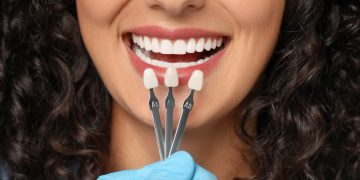
















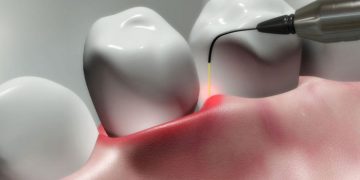
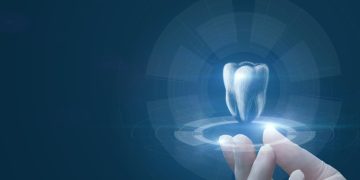

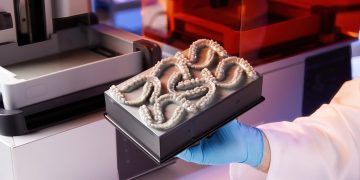
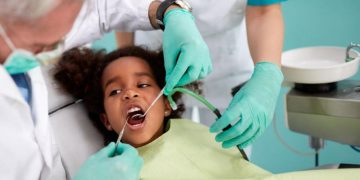
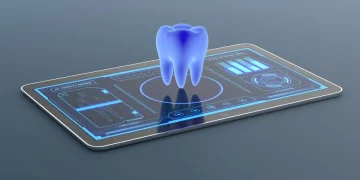
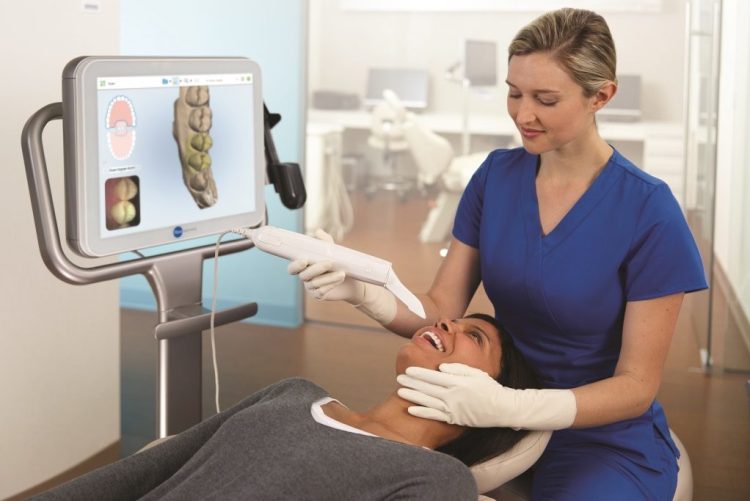












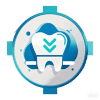
Discussion about this post